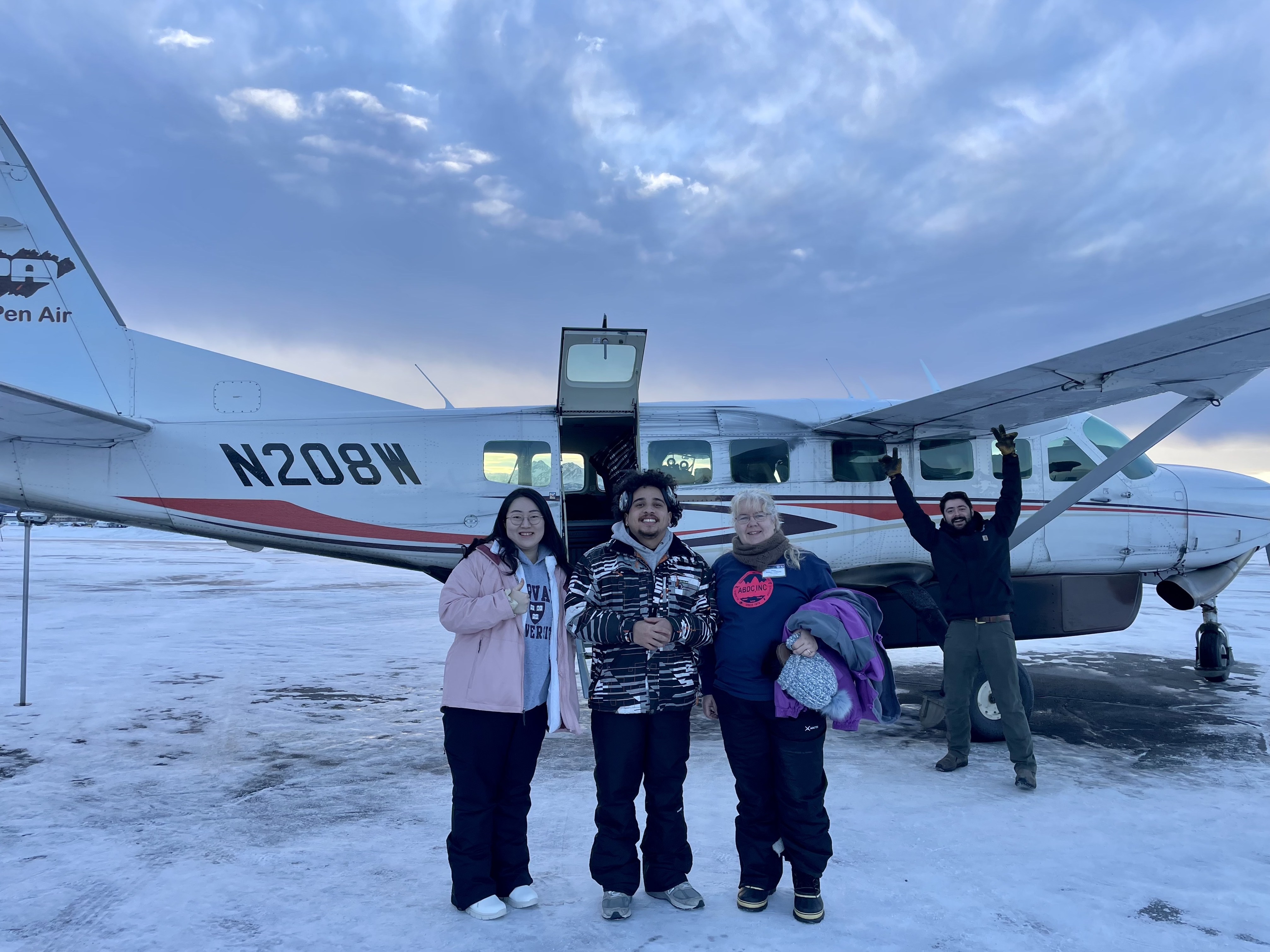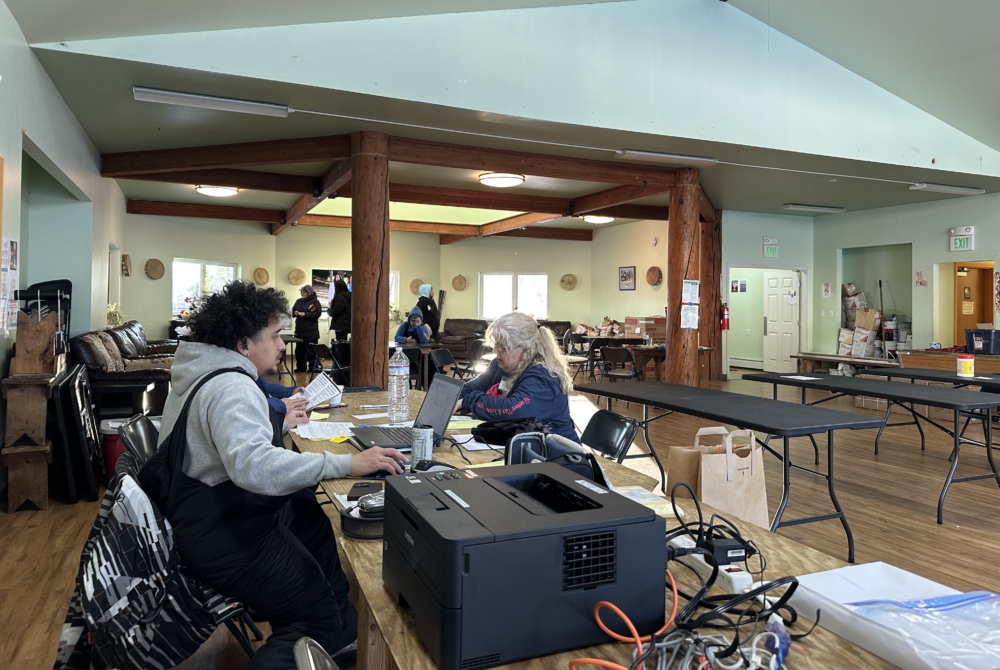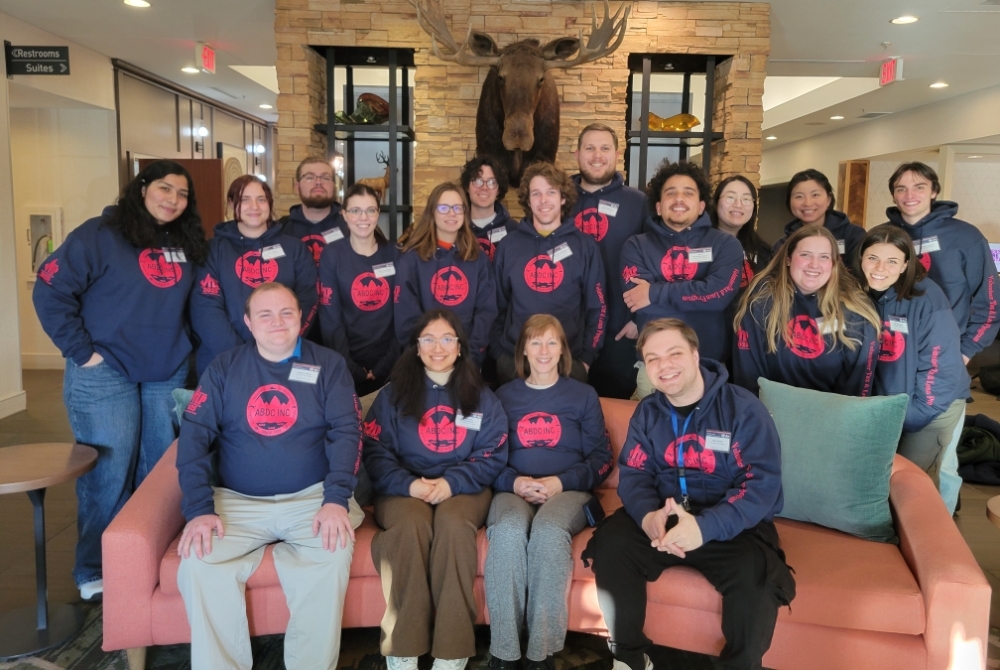This website uses cookies
We use cookies to ensure that we give you the best experience on our website. If you continue to use this site we will assume that you are happy with it.

The wind howled as our small plane touched down on a narrow strip of frozen land. After 30 hours of travel, multiple layovers, and an unexpected night stranded in a church, we had finally arrived in Quinhagak, a remote Alaskan village home to about 700 people. The airport was just a single room, its walls covered in children’s paintings. Two women sat inside chatting, smiling as they greeted us. Outside, the landscape stretched endlessly—snow-covered tundra meeting the sky in a soft, muted line.
I had come to Alaska as part of the Low-Income Taxpayer Law and Accounting Practicum, an opportunity that blended my background in tax law with my desire to work directly with communities in need. Having volunteered at a Volunteer Income Tax Assistance (VITA) site in Ithaca, I knew how expensive tax preparation could be and how little people knew about tax credits like the Earned Income Tax Credit and Child Tax Credit—refunds that could make a real difference for low-income families. For Native Americans, many of whom speak English as a second language, these barriers were even greater. As an international student, I understood what it felt like to navigate a complex system in a non-native language, and I wanted to help bridge that gap. But what I didn’t expect was how much this experience would teach me—about resilience, about community, and about the quiet strength of a place unlike anywhere I had ever been.
We set up our tax preparation station in a vehicle repair garage—two tables, two laptops, and a single phone, our only connection to the outside world. There was no internet, which meant every complex tax question had to be solved the old-fashioned way: by calling a mentor and hoping for good reception. The village broadcast system announced our arrival, and within minutes, people started showing up, some bringing their families, others greeting us with warm handshakes.
For five days, we worked from 9 a.m. to 9 p.m., helping 202 people file their taxes. Many relied on seasonal income, and the tax system was complicated for them. We worked through cases involving incarcerated individuals, separated spouses who had never officially divorced, and self-employed natives selling hand-crafted goods. Concepts from my Federal Income Taxation class suddenly became real—filing statuses, depreciation rules, tax credits—but what struck me most was how much trust these individuals placed in us, sharing their stories as we worked through their paperwork.
Life in the village was simple but deeply intertwined with the land. People fished for their own meat, gathered berries, and made aguda—a type of ice cream mixed with fish or berries. The village had one grocery store, one school, and a tiny coffee shop that opened only from 7 p.m. to 11 p.m. The owner, who also came in to file her taxes, told us she scheduled her hours to avoid competing with the grocery store.
Throughout our time there, the Yup’ik community embraced us. They taught me simple words in their language, like Quyana (thank you). My pronunciation was far from perfect, but they always laughed in the warmest way, happy that I was trying. The younger generation was often shy, but their warmth shone through in quiet ways.
By the last two days, the rush slowed down, giving us brief moments to take in our surroundings. We were exhausted but fulfilled. The trip had started with tax filings, but it became something much bigger—a glimpse into a resilient community, a lesson in how policies impact real lives, and a reminder of why public interest work matters.
Five days passed too quickly. As we packed up and prepared to leave, I reflected on what I had learned—not just about taxes, but about people, about connection, and about the strength of a small community in the vast, changing landscape of Alaska.


